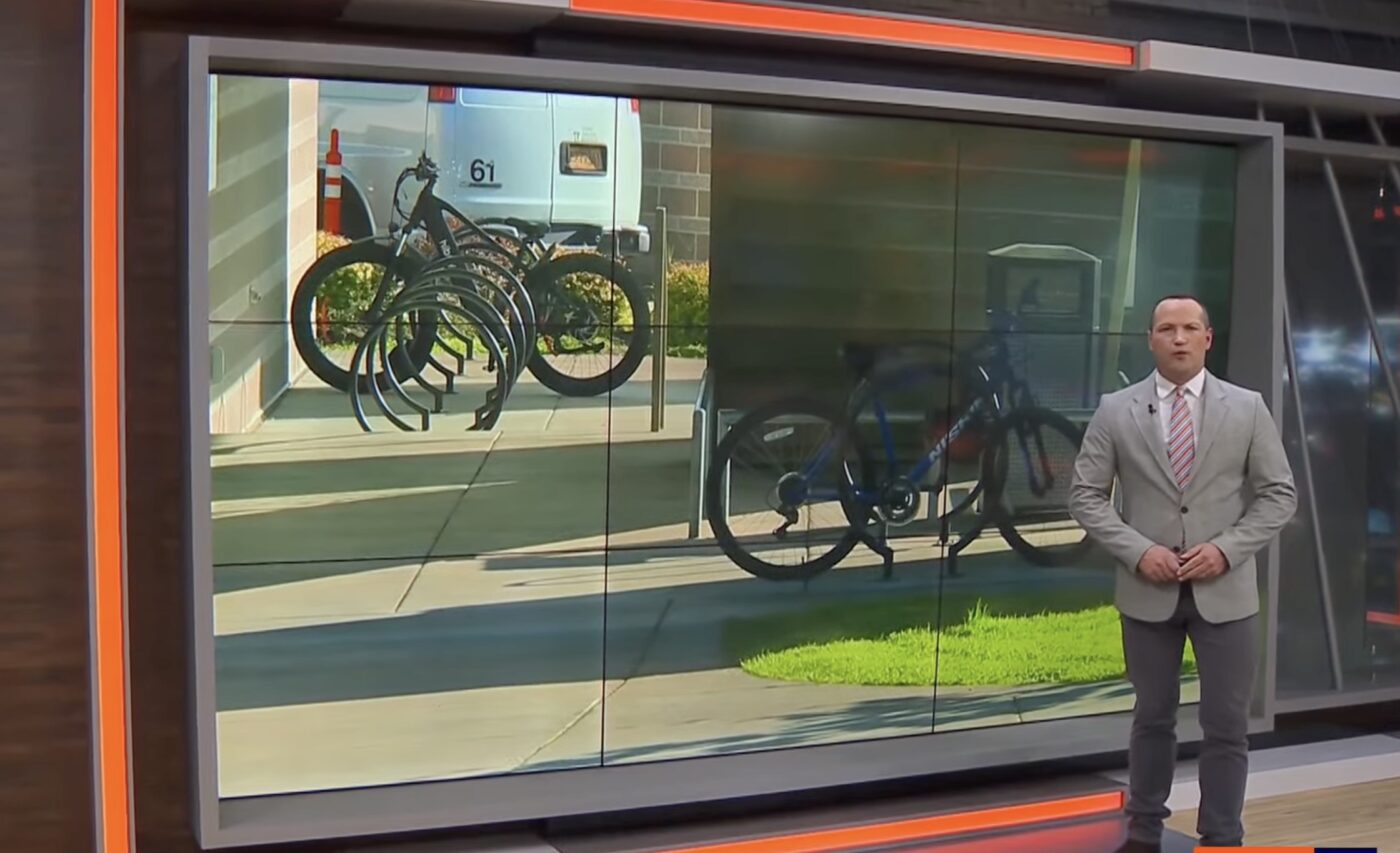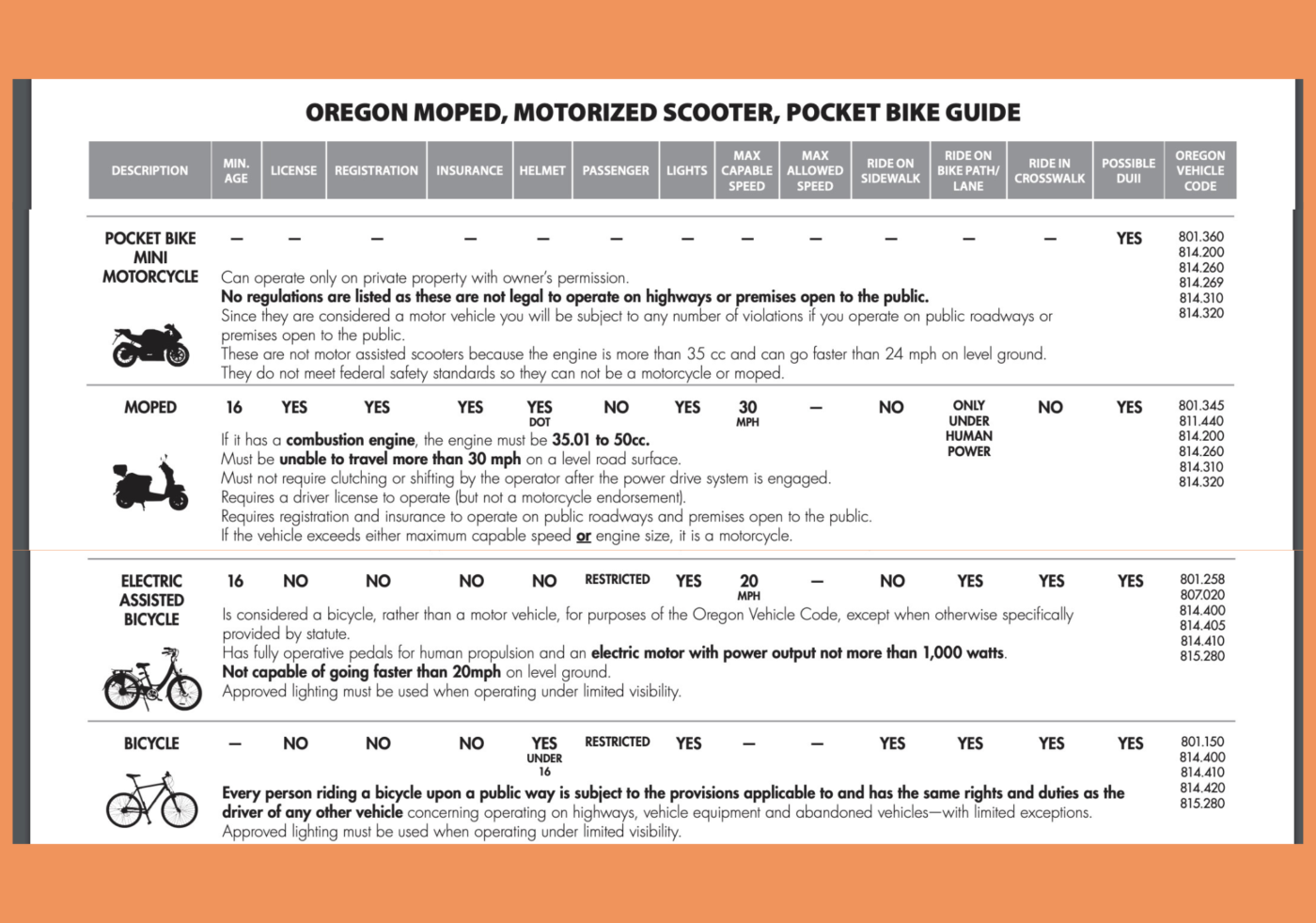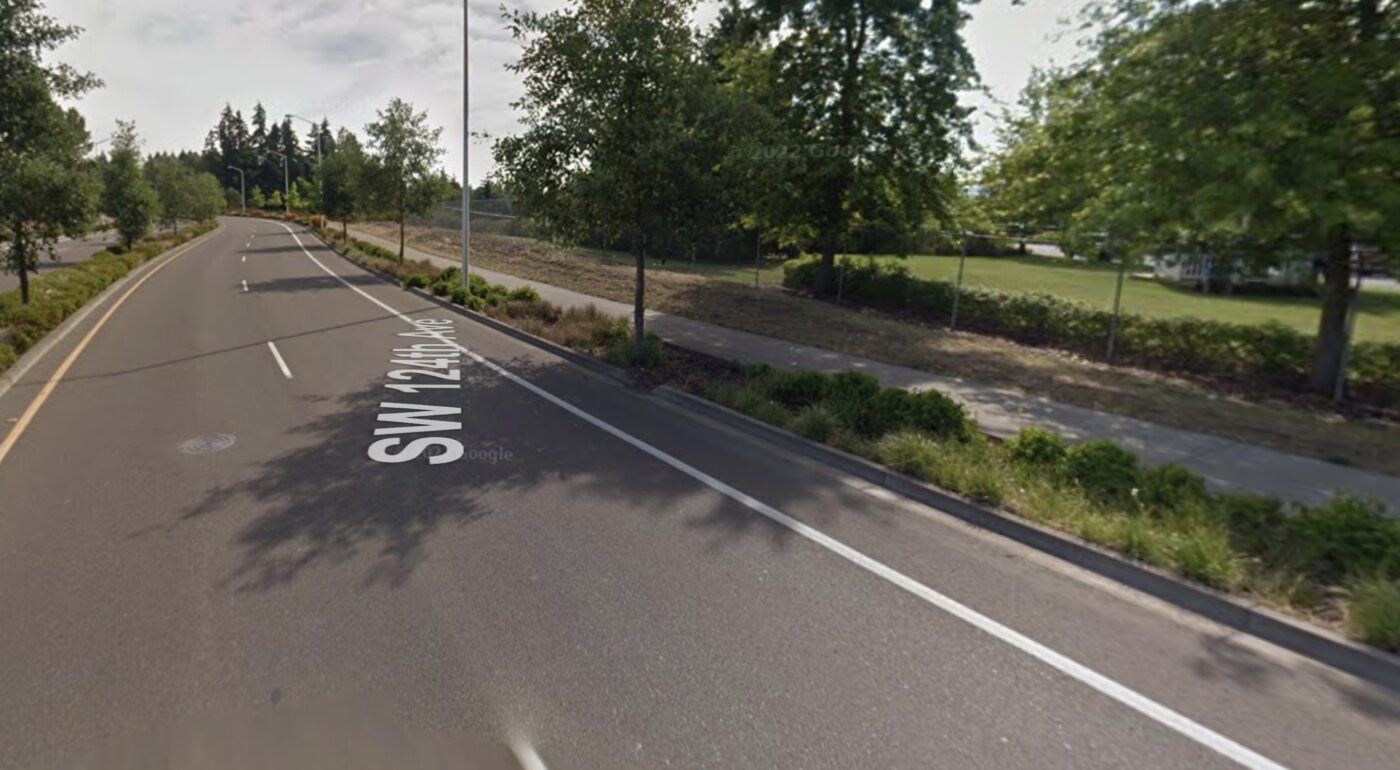The Tualatin Police Department says a 15-year old Tigard High School sophomore died while riding an “e-bike” early Wednesday morning. According to TPD it happened on SW 124th Avenue near SW Myslony Street, an industrial area just north of Tualatin-Sherwood Road about 20 miles southwest of Portland. The boy’s name was Mikah Cavalcanti-Chun.
I wouldn’t typically cover a crash like this given how far it is from Portland and other circumstances, but I’ve decided to take a closer look because of how this is being incorrectly reported by the police and local media — and how this death is already sparking conversations about the safety of battery-assisted bicycles.
According to TPD, the bike rider was found dead by a passerby and police don’t believe any other road user was involved. Police say they found, “an adult male laying on the ground near a tree, with an e-bike nearby.” A cursory investigation at the scene leads TPD to believe the rider, who they refer to as an “e-bicyclist”, “may have lost control of the e-bike, which led to him hitting the curb and then a tree.” A reporter for KGW (NBC in Portland) said he spoke to TPD officers who said the teenager, “hit some debris in the bike lane” prior to losing control and colliding with a tree.


There aren’t many other details available yet beyond what I’ve shared above.
It’s notable however, that the police are calling this an “e-bike” and the rider an “e-bicyclist” who “lost control” while also stating in their press release that, “e-bikes are capable of traveling at speeds up to 35 mph.” If police are implying that the vehicle this young man used was capable of going 35 mph, it should not be referred to as an “e-bike.” At those speeds, it’s much more accurate to say he was riding some sort of e-moped or e-motorcycle.
Oregon law defines an “electric assisted bicycle” as being, “incapable of propelling the vehicle at a speed of greater than 20 miles per hour.” According to the Oregon Department of Motor Vehicles, even a “moped” has a maximum capable speed of only 30 mph. By saying this teen was an “e-bicyclist” on an “e-bike,” police and media create confusion and a misleading and inaccurate narrative that can have real consequences for legal e-bike riders.
On January 1, 2025, Oregon will adopt the three class system of e-bike definitions which will add a 28 mph max (without throttle) class of e-bikes to state law. That new law came about only after a teen was killed by the driver of a minivan as the teen biked across a street in Bend last summer.
We saw how that tragedy in Bend sparked responses based on paternalistic impulses, ignorance of e-bike technology and bicycle law, and a tendency to blame victims. To be clear, there’s a wide chasm in performance, safety risks, and ride characteristics between the e-bike I can buy at the bike shop in my neighborhood and the 35-mph+, mostly throttle-powered, fast electric mopeds and motorcycles available online and in other retailers that we often see law enforcement agencies and the media confuse with “bikes.”
I’ve reached out to TPD to clarify what type of vehicle was being used in this crash. I’ll update this post when I hear back.

UPDATE, 10:20 am: I have just confirmed with TPD that the teen was riding an Amyet S8. On the seller’s website, it’s advertised as an “electric bike” having a top speed of 35 mph and it comes with a dual-battery, 2000W motor — twice the legal size of an e-bike. Regardless of what the company or the police say, this is not an “e-bike” according to Oregon law. I acknowledge the law isn’t keeping up with these products, but I think calling this person’s vehicle an “e-bike” and referring to him as a “bicyclist” in any form is misleading and risks creating a backlash against legal electric bikes.
In fact, according to this handy guide created by Oregon DMV (see below), this product might not even fall into the e-moped or e-motorcycle category given its speed and the requirement to have a license and registration. The fact is, products like this do not meet any federal safety guidelines and are likely not allowed on any road under Oregon law. That’s why when police mislabel it and the local news shows b-roll of bicycles and calls it an “e-bike” we are doing a disservice to legal riders and threatening their rights to the road.

UPDATE, 2:45 pm: Nonprofit transportation advocacy group The Street Trust has issued a statement to news editors and reporters in order to inform them that the vehicle involved in Wednesday morning’s tragedy was not an “e-bike.” Here’s an excerpt from the email just sent by The Street Trust Executive Director Sarah Iannarone:
It’s important to note that the vehicle involved in this crash was capable of 35 mph. Oregon law currently limits e-bikes to 20 mph. Mopeds are allowed to travel 30 mph. The vehicle involved is legally classified as a motorcycle. Referring to it as a standard e-bike leads to confusion and unfairly stigmatizes legal e-bikes, which are designed for lower speeds with safety in mind. This tragedy underscores the dangers of illegally modified and out-of-class vehicles on our streets and the unbearably high costs paid in human lives when we fail to implement sensible regulations, educate our young people and families, and build forgiving infrastructure.



